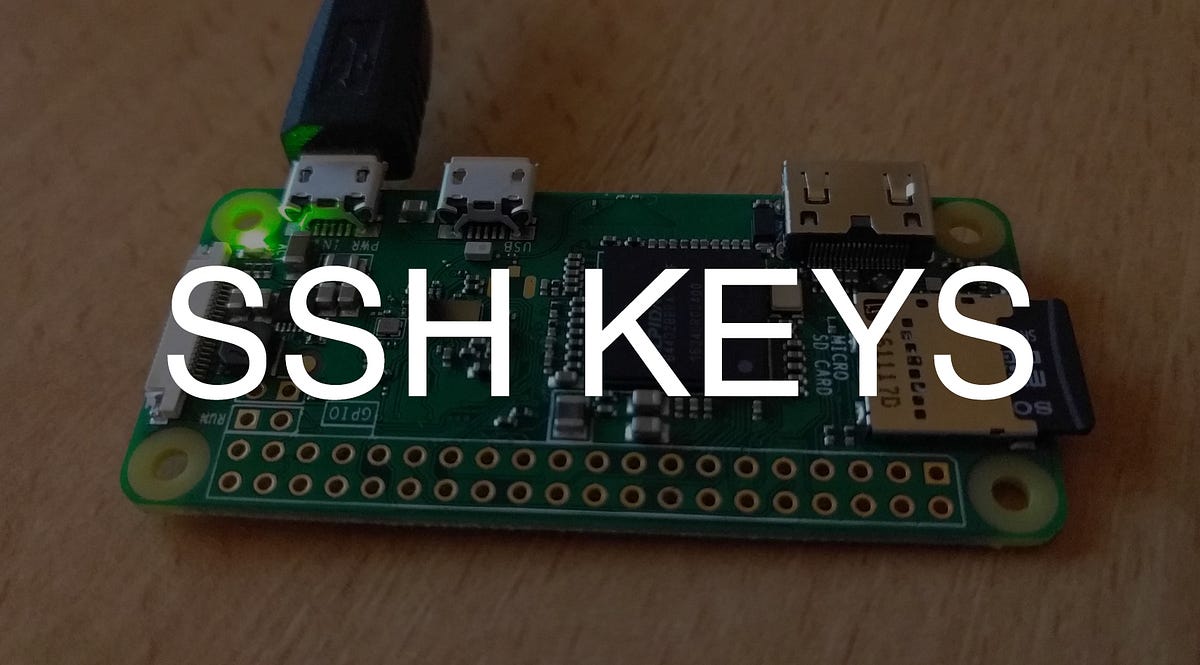Best Ways To Securely Connect Remote IoT P2P SSH On Raspberry Pi For Free
Hey there tech enthusiasts and Raspberry Pi wizards! If you're looking to securely connect remote IoT devices using P2P SSH on a Raspberry Pi without breaking the bank, you're in the right place. In this article, we’ll deep dive into everything you need to know about setting up a secure, efficient, and free connection. Let’s get started, shall we?
Connecting IoT devices remotely has become a necessity in today’s tech-driven world. Whether you're monitoring a weather station, controlling smart home appliances, or managing industrial equipment, having a secure connection is crucial. But how do you achieve that without spending a fortune? Well, we’ve got you covered. This guide will walk you through the best practices and tools to ensure your IoT setup is both secure and cost-effective.
Before we dive into the nitty-gritty details, let’s address the elephant in the room: security. With cyber threats lurking around every corner, it's essential to prioritize secure connections when dealing with IoT devices. Using SSH on a Raspberry Pi is one of the most reliable methods out there, and the best part? You can do it all for free. Stick around as we explore the ins and outs of this process.
Read also:Franklin Thomas Fox The Remarkable Journey Of A Visionary Leader
Understanding the Basics: What Is P2P SSH on Raspberry Pi?
Let’s break it down: P2P SSH (Peer-to-Peer Secure Shell) is a method that allows direct communication between two devices over the internet. In our case, we're talking about connecting IoT devices to a Raspberry Pi securely. Think of it like a private tunnel where only your devices can communicate, keeping prying eyes at bay.
Raspberry Pi is a powerful little device that can act as a server, gateway, or even a controller for your IoT projects. By leveraging SSH, you can remotely access and manage these devices without worrying about unauthorized access. Plus, since Raspberry Pi is open-source and affordable, it’s a great option for hobbyists and professionals alike.
Now, why is this important? Imagine this scenario: you’ve set up a smart irrigation system for your garden using IoT sensors. Without a secure connection, hackers could potentially gain access to your system and wreak havoc. By implementing P2P SSH, you create a fortified barrier that protects your devices from potential threats.
Why Securely Connecting IoT Devices Matters
Here’s the deal: IoT devices are awesome, but they come with risks. These devices often lack robust security features, making them vulnerable to attacks. A single breach could compromise not just one device but your entire network. That’s why setting up a secure connection is non-negotiable.
SSH provides encryption and authentication, ensuring that only authorized users can access your devices. This is especially important when dealing with remote connections, where data travels across public networks. By using SSH on a Raspberry Pi, you add an extra layer of protection to your IoT setup.
And the best part? It’s free! There’s no need to invest in expensive hardware or software when you can achieve the same level of security with a Raspberry Pi and some open-source tools. Let’s explore how you can make this happen.
Read also:Unlocking The Power Of Remoteiot Vpc Ssh On Windows 10
Setting Up SSH on Raspberry Pi
Alright, let’s get our hands dirty. Setting up SSH on a Raspberry Pi is easier than you think. Here’s a step-by-step guide to help you get started:
Step 1: Enable SSH on Raspberry Pi
Here’s how:
- Power off your Raspberry Pi.
- Insert the SD card into your computer.
- Create an empty file named "ssh" (no file extension) in the boot partition.
- Eject the SD card and insert it back into your Raspberry Pi.
- Power on your Raspberry Pi.
That’s it! SSH is now enabled on your Raspberry Pi. You can verify this by running the command "sudo systemctl status ssh" in the terminal.
Step 2: Install Necessary Software
Next, you’ll need to install some essential software to facilitate P2P connections. Here’s what you’ll need:
- OpenSSH: A secure shell protocol that allows encrypted communication.
- ngrok: A tool that creates secure tunnels for remote access.
- mosquitto: A lightweight MQTT broker for IoT communication.
Run the following commands in your terminal to install these packages:
sudo apt update
sudo apt install openssh-server
sudo apt install mosquitto
Securing Your IoT Connections
Now that you’ve set up SSH, it’s time to focus on securing your connections. Here are some best practices to keep your IoT devices safe:
1. Use Strong Passwords
Weak passwords are a hacker’s best friend. Always use strong, unique passwords for your SSH connections. Consider using a password manager to generate and store complex passwords.
2. Enable Key-Based Authentication
Key-based authentication is a more secure alternative to password-based authentication. Here’s how to set it up:
- Generate an SSH key pair using the command "ssh-keygen".
- Copy the public key to your Raspberry Pi using "ssh-copy-id".
- Disable password authentication by editing the SSH config file.
3. Update Regularly
Keep your Raspberry Pi and all installed software up to date. Regular updates patch security vulnerabilities and ensure your system remains secure.
Best Tools for Secure IoT Connections
When it comes to securing IoT devices, having the right tools is essential. Here are some of the best tools you can use:
1. ngrok
ngrok is a popular tool for creating secure tunnels. It allows you to expose your Raspberry Pi to the internet securely, making remote access a breeze.
2. Mosquitto
Mosquitto is a lightweight MQTT broker that facilitates communication between IoT devices. It’s perfect for setting up a decentralized network where devices can communicate directly.
3. Pi-Hole
Pi-Hole is an ad-blocking DNS server that can enhance the security of your network by blocking malicious domains.
Common Challenges and Solutions
While setting up a secure IoT connection might seem straightforward, there are some common challenges you might encounter. Here are a few and their solutions:
Challenge 1: Slow Connection
Solution: Optimize your network settings and ensure your Raspberry Pi has a stable internet connection.
Challenge 2: Unauthorized Access
Solution: Implement key-based authentication and regularly monitor your SSH logs for suspicious activity.
Challenge 3: Compatibility Issues
Solution: Ensure all devices and software are compatible with each other. Test your setup thoroughly before deploying it.
Real-World Applications
Let’s take a look at some real-world applications of securely connecting IoT devices using P2P SSH on a Raspberry Pi:
1. Smart Home Automation
Control your smart home devices remotely using SSH. From lighting to thermostats, you can manage everything from anywhere in the world.
2. Industrial Monitoring
Monitor industrial equipment in real-time, ensuring smooth operations and preventing downtime.
3. Environmental Monitoring
Set up a weather station or air quality monitor and access the data remotely using SSH.
Data and Statistics
According to a recent study, the global IoT market is expected to reach $1.5 trillion by 2030. With such rapid growth, securing IoT devices has become more important than ever. Another study found that 60% of IoT devices are vulnerable to attacks, highlighting the need for robust security measures.
Conclusion
And there you have it, folks! Securing your IoT devices using P2P SSH on a Raspberry Pi is not only possible but also highly effective. By following the steps outlined in this guide, you can ensure your devices are protected from potential threats while keeping costs low.
So, what are you waiting for? Dive into the world of IoT and start building your secure network today. Don’t forget to share your experiences and ask any questions in the comments below. Happy tinkering!
Table of Contents
Article Recommendations


